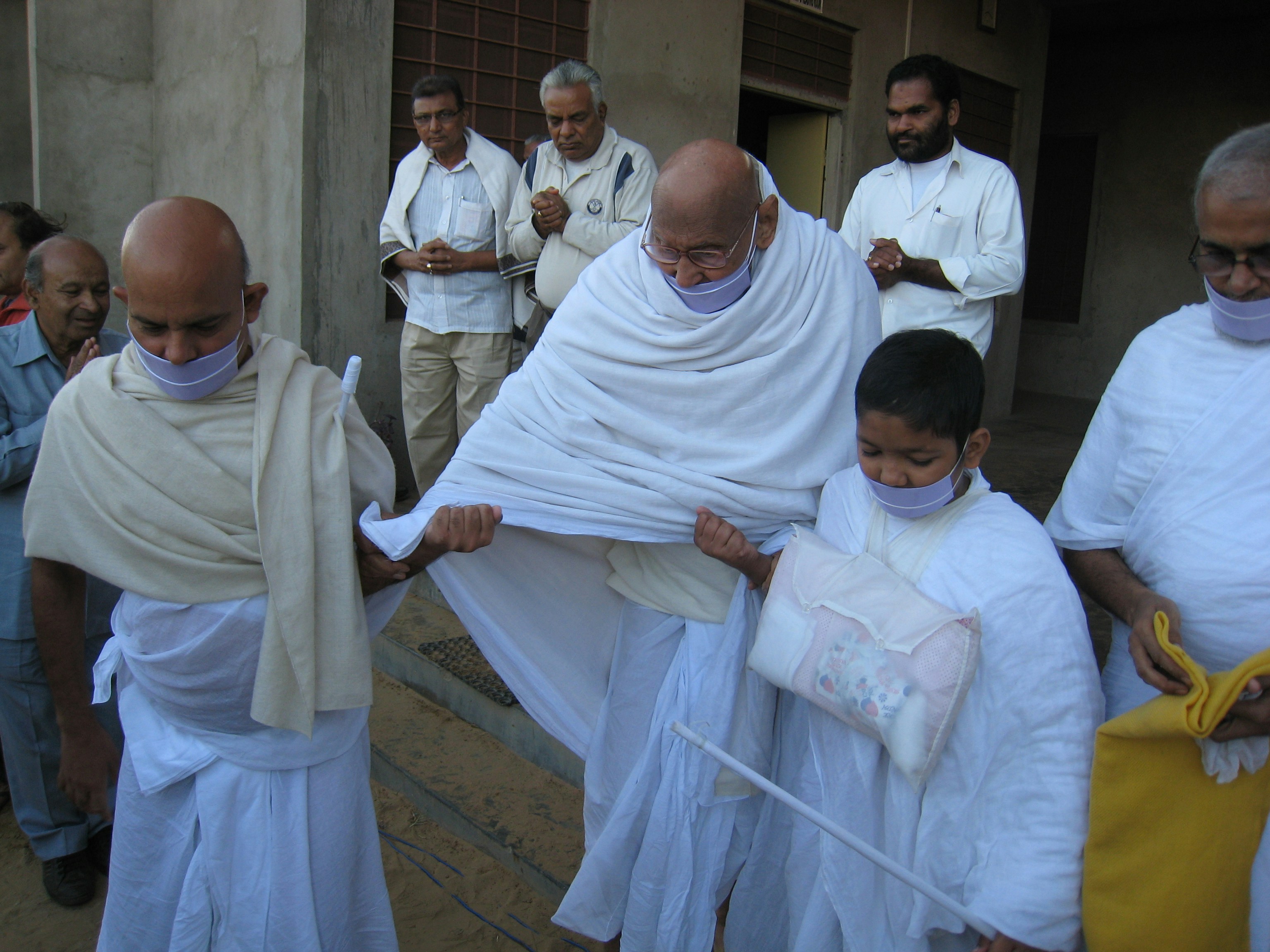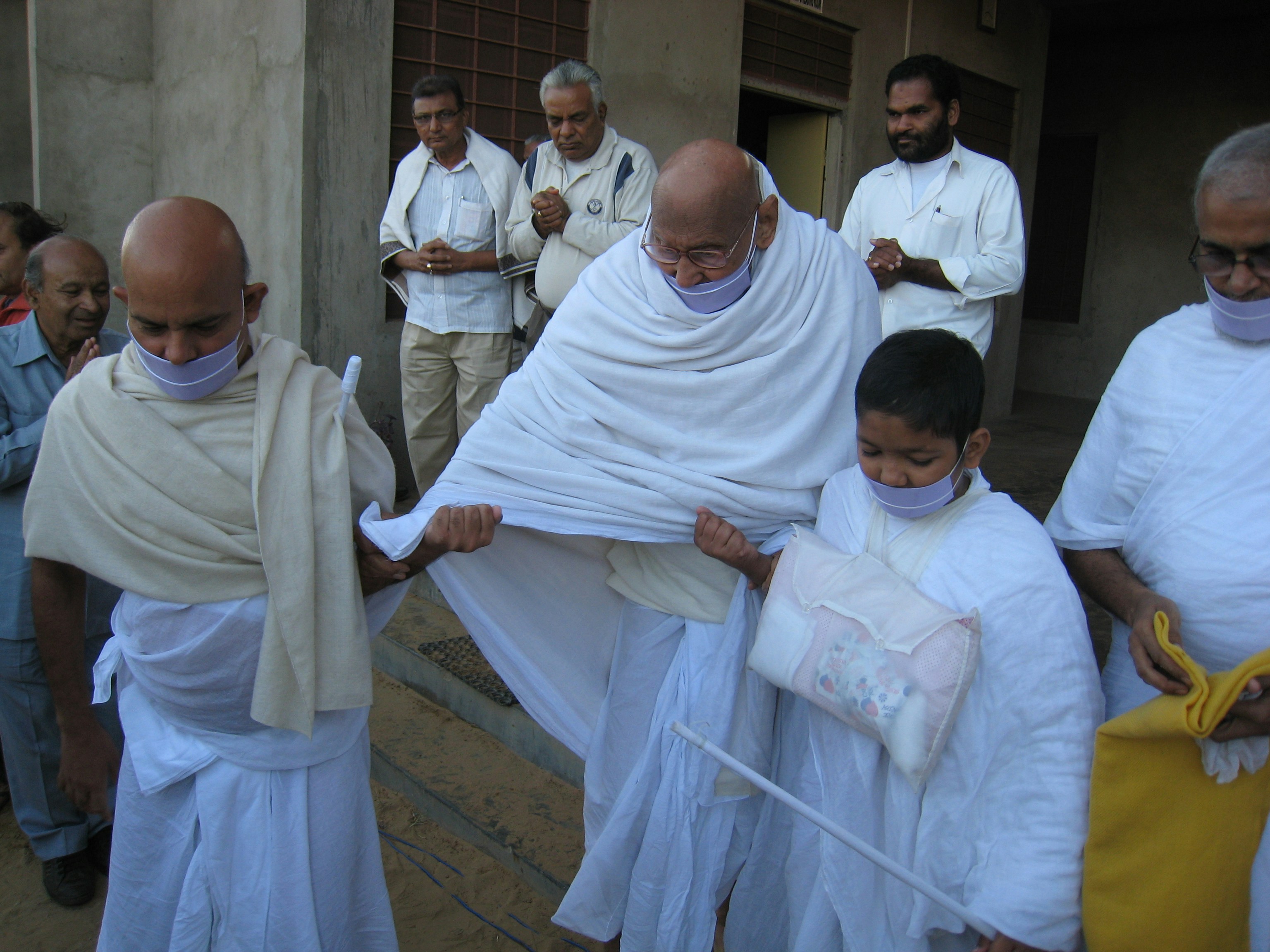Introduction
Welcome to the world of Jainism, a religion that dates back thousands of years and holds deep spiritual significance for millions of people. One of the most revered and sacred sites in Jainism is the Palitana Temples, a complex of temples located in the state of Gujarat, India. In this blog post, we will explore the rich history, architectural marvels, and spiritual significance of the Palitana Temples.
Jainism, an ancient Indian religion, is known for its principles of non-violence, truth, and non-attachment. It was founded by Lord Mahavira in the 6th century BCE and has since spread to various parts of the world. Jainism is unique in its emphasis on the liberation of the soul from the cycle of birth and death through spiritual practices and asceticism. The Palitana Temples are a testament to the devotion and architectural brilliance of Jainism.
The Palitana Temples, also known as Shatrunjaya Temples, are situated on the Shatrunjaya Hill in the city of Palitana. This hill is considered to be one of the holiest pilgrimage sites for Jains, as it is believed to be the place where Lord Adinath, the first Jain Tirthankara, attained enlightenment. The hill is adorned with over 900 temples, making it the largest cluster of Jain temples in the world.
The construction of the Palitana Temples began in the 11th century and continued for several centuries. The temples are built using white marble, which gives them a striking appearance against the backdrop of the hill. Each temple is intricately carved with exquisite sculptures and architectural details, showcasing the mastery of Jain artisans. The temples are dedicated to different Tirthankaras and are adorned with idols and symbols representing the Jain pantheon.
One of the most remarkable features of the Palitana Temples is the strict code of conduct that governs the pilgrimage to the hill. Jains believe that the hill is a sacred place and that every step taken on the hill is a step towards spiritual liberation. As a result, no footwear is allowed on the hill, and pilgrims must climb the 3,800 steps barefoot. This rigorous journey is seen as a test of devotion and a way to purify the soul.
The Palitana Temples are not only a testament to Jainism’s rich history and architectural brilliance but also a place of profound spiritual significance. The serene atmosphere, the awe-inspiring beauty of the temples, and the devotion of the pilgrims create an ambiance that is truly divine. Visitors to the Palitana Temples are not only treated to a visual spectacle but also have the opportunity to immerse themselves in the spiritual teachings and practices of Jainism.
In the following sections, we will delve deeper into the history of the Palitana Temples, explore their architectural marvels, and uncover the spiritual significance of this sacred site. Join us on this journey to discover the wonders of the Palitana Temples and gain a deeper understanding of Jainism.
As the Palitana Temples grew in size and importance, they became a center of pilgrimage for Jain followers from all over India. The temples were not only a place of worship but also a symbol of the rich cultural and architectural heritage of the Jain community. The intricate carvings and sculptures on the temple walls depicted scenes from Jain mythology and showcased the artistic skills of the craftsmen who worked on them.
During the medieval period, the Palitana Temples faced numerous challenges. The region was often invaded by various dynasties, including the Mughals and the Marathas, who sought to assert their control over the area. Despite these challenges, the temples managed to survive and even flourish under the patronage of the local rulers who recognized their significance.
One of the most significant periods in the history of the Palitana Temples was during the reign of the Solanki dynasty in the 11th and 12th centuries. The Solanki rulers were devout Jains themselves and made significant contributions to the temples’ architecture and maintenance. They commissioned the construction of new temples and sponsored the renovation of existing ones, ensuring that the Palitana Temples remained a thriving spiritual and cultural center.
During the British colonial period, the Palitana Temples faced new challenges. The British administration sought to exert control over the region and imposed various restrictions on the temples and their administration. However, the Jain community rallied together and fought for their rights, successfully preserving the sanctity of the temples and their traditions.
Today, the Palitana Temples continue to be a significant pilgrimage site for Jains, attracting thousands of devotees every year. The temples have been recognized as a UNESCO World Heritage Site, further underscoring their historical and cultural importance. The ongoing preservation efforts by the Jain community and the government ensure that future generations will be able to experience the grandeur and spirituality of the Palitana Temples.
The Palitana Temples are not only a testament to the skill and craftsmanship of the artisans who built them, but they also hold immense religious and historical significance. The temples are not just structures made of marble; they are living embodiments of Jain philosophy and spirituality. As one walks through the complex, it becomes evident that every inch of the temples has been carefully designed and meticulously carved. The walls, pillars, and ceilings are adorned with intricate patterns and motifs, each telling a story or conveying a profound message. The carvings depict scenes from Jain mythology, showcasing the lives and teachings of the Tirthankaras, the revered spiritual leaders of Jainism. The use of white marble in the construction of the temples adds to their ethereal beauty. The marble reflects the sunlight, creating a dazzling display of light and shadow. The intricate carvings seem to come alive as the sunlight dances upon them, creating a mesmerizing spectacle for visitors. In addition to their architectural splendor, the Palitana Temples are also a pilgrimage site for millions of Jains. Devotees from all over the world flock to the temples to seek spiritual solace and pay homage to the Tirthankaras. The climb up the Shatrunjaya Hill, where the temples are located, is considered a sacred journey. It is believed that by undertaking this arduous ascent, one can cleanse their soul and attain spiritual enlightenment. The Palitana Temples are not just a collection of buildings; they are a living heritage that has withstood the test of time. They serve as a reminder of the rich cultural and religious traditions of Jainism and continue to inspire awe and reverence in all who visit them. It is no wonder that they are considered one of the architectural marvels of the world, attracting tourists and scholars alike.
As visitors stand at the top of the hill, they can feel a sense of awe and wonder at the beauty and grandeur of the Palitana Temples. The temples themselves are architectural marvels, with intricate carvings and delicate sculptures adorning their walls. Each temple is dedicated to a different Jain Tirthankara, or spiritual leader, and is a testament to the devotion and craftsmanship of the Jain community.
For Jain pilgrims, the Palitana Temples are not just a physical destination, but a spiritual journey. The climb up the steps is not merely a physical exertion, but a test of one’s dedication and commitment to their faith. It is a time for reflection and self-discovery, as devotees contemplate the teachings of Jainism and seek to deepen their understanding of the path to enlightenment.
Once inside the temples, devotees can participate in various rituals and ceremonies, such as offering prayers and lighting incense. These acts of devotion are believed to bring blessings and spiritual purification, and devotees often leave the temples with a renewed sense of faith and purpose.
Beyond the religious significance, the Palitana Temples also hold cultural and historical importance. They are a testament to the rich heritage of the Jain community and serve as a reminder of the enduring legacy of Jainism. The temples have withstood the test of time, surviving numerous invasions and natural disasters, and continue to inspire awe and reverence in all who visit.
In conclusion, the Palitana Temples are not just a collection of religious structures, but a symbol of faith, devotion, and spiritual enlightenment. They are a place where people from all walks of life can come together to seek solace, find inspiration, and connect with the divine. Whether one is a devout Jain or simply a curious traveler, a visit to the Palitana Temples is sure to leave a lasting impression and a deeper appreciation for the power of faith.
Preservation and Conservation
Given the historical and cultural importance of the Palitana Temples, efforts have been made to preserve and protect them for future generations. The temples are maintained by a trust that oversees their upkeep and maintenance. Strict rules and regulations are in place to ensure that the temples are not damaged or defaced in any way.
Visitors to the temples are required to adhere to a dress code and are not allowed to bring any food, drinks, or tobacco products inside the complex. This is done to prevent any potential damage to the marble and to maintain the sanctity of the place. Additionally, the trust has implemented measures to control the number of visitors to the temples, in order to prevent overcrowding and minimize the impact on the fragile ecosystem of the hill.
To further protect the temples, the trust has established a team of skilled artisans and conservators who are responsible for the regular maintenance and restoration of the intricate carvings and sculptures. These experts use specialized tools and techniques to carefully clean and repair any damage caused by natural elements or human interaction.
Furthermore, the trust has invested in advanced technology to aid in the preservation efforts. High-resolution cameras and 3D scanners are used to create detailed digital records of the temples, capturing every minute detail and ensuring that even if any damage were to occur, an accurate replica could be created for restoration purposes.
In addition to these measures, the trust actively engages in educational and awareness programs to promote the importance of preservation and conservation. They organize workshops and seminars for students and scholars, inviting them to learn about the history and significance of the Palitana Temples and the need to protect them for future generations.
Through these initiatives, the trust aims to create a sense of responsibility and ownership among the local community and visitors alike. By instilling a deep appreciation for the cultural heritage and historical value of the temples, they hope to ensure that the Palitana Temples will continue to stand strong and inspire awe for centuries to come.
Enter your email to get the Latest Updated Exploring News and Topics
Discover more from atozexplore.com
Subscribe to get the latest posts sent to your email.







